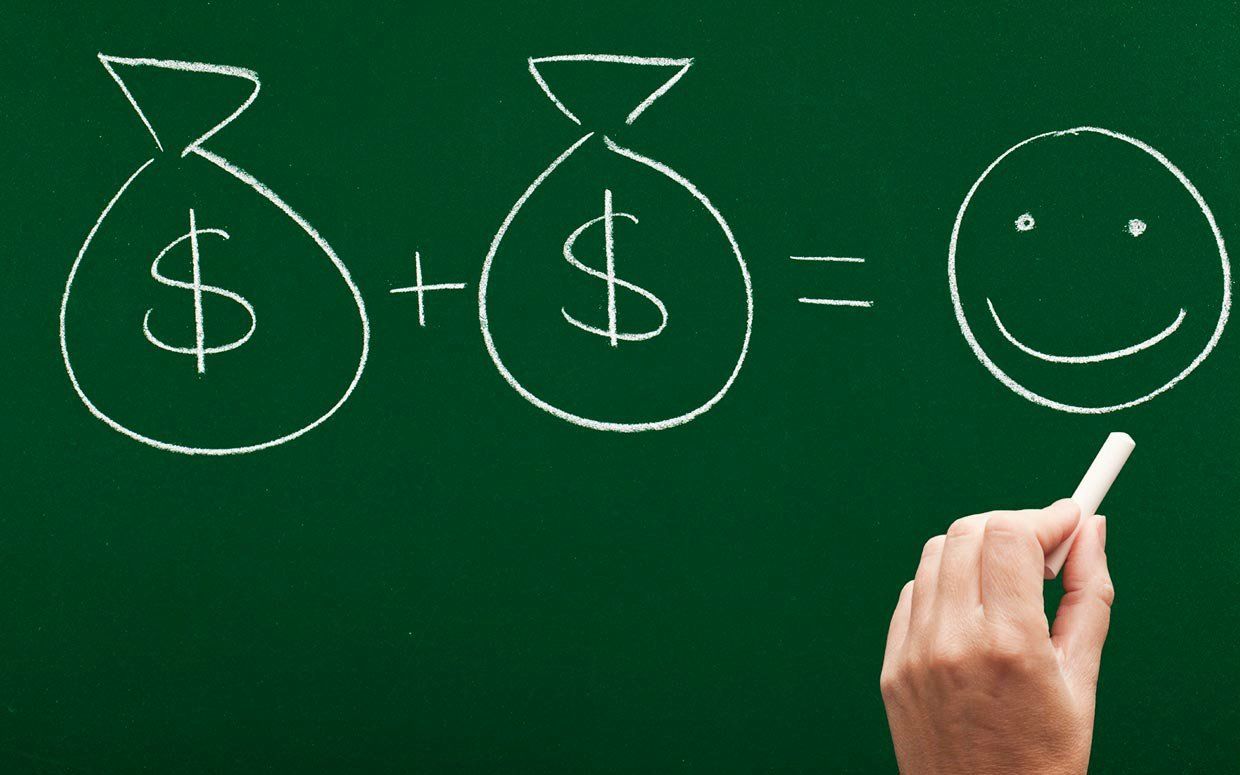Are You Making These Costly Mistakes?
A person is this example has made three costly errors that many first-time deed buyers make. Their first mistake had not been checking into the condition laws and regulations for deed sales. Each state has different laws regarding tax foreclosure sales. The second mistake manufactured in this situation had not been having done proper due diligence on the house and checking for other liens. While this task is not essential when you’re investing in taxes liens always, it is important when you’re buying taxes deed.
After you’ve purchased a tax lien certificate on a property, if you decide that you’ve made a mistake and the property is not worthwhile, you can always walk away and only loose your preliminary investment. You aren’t the owner; therefore, no liability is acquired by you. If however, you get a tax deed on a house, you become the owner of the property.
You are now accountable for any liens on the house that survived the tax sale as well as for current taxes and assessments on the property. The third costly mistake manufactured in this situation was purchasing the property in the investor’s name instead of in the name of a small business entity.
Because the taxes deed was purchased in the investor’s name, they became personally liable for the property and every other liens kept against it. To learn more about asset protection and business entities for taxes deed trading you can download this free saving of a teleseminar interview that I did with Texas lawyer and taxes deed expert Darius Barazandeh. To download the replay of the teleseminar, just right go through the following link and choose “save focus on as’ to save it to your personal computer and pay attention to it if you like.
- Knowledge of APEX, Visual Force, Salesforce APIs, REST or SOAP structured web services, and SOQL
- Developing sense of belongingness towards a specific organization
- You will need to have a record to demonstrate it
- Small firms with turnover up to Rs 50 crore to pay 25% tax now, rather than 30%
15 shows the year over year growth rate of the work force (the full total of these working plus those looking for work). Today’s 1.4% annual development rate is substantially greater than 0.5% average growth rates we’ve seen because the economy bottomed in middle-2009. The market has costed in a lot of slowdown goals.
According to Bloomberg, the existing PE proportion of the S&P 500 is 18, and that is as low as we’ve seen since February ’16. Today’s equity premium (the difference between the earnings produce on shares and the yield on 10-yr Treasuries) is 2.7%, and that is as high as we’ve seen since November ’14. This significant repricing of equities is a potential positive rather, since it creates taking risk more attractive, and that subsequently helps offset the de-risking pushes of uncertainty emanating from places like Congress and China. Clouds and silver linings.
The question confronting traders today is not whether the economy will decelerate (that’s costed in already); the relevant question is whether it’s going to slow down by a lot, and how certain one is of this future. In this regard I remain optimistic that things won’t be as bad as the market already fears. Which has been my position for the past a decade, actually: always convinced that the market was too pessimistic in its assumptions about the future.




